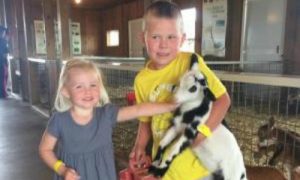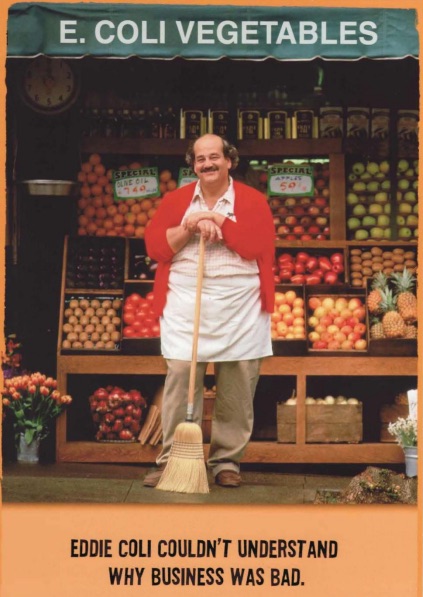Just when you thought you’d seen every possible bizarre foodie trend on Instagram, a truly stomach-churning craze comes along to surprise you.
 Siofra Brennan of the Daily Mail writes people have been sharing images of their ‘juicy and tender’ meals of medium rare chicken, claiming it’s the best possible way to enjoy the meat, but their claims certainly haven’t gone down well with the masses.
Siofra Brennan of the Daily Mail writes people have been sharing images of their ‘juicy and tender’ meals of medium rare chicken, claiming it’s the best possible way to enjoy the meat, but their claims certainly haven’t gone down well with the masses.
People have described the craze as ‘salmonella waiting to happen’ with one stating that there’s a ‘special place reserved in hell’ for people who don’t cook their chicken properly.
However, fans are absolutely insistent that it’s the best way to eat the poultry with one declaring that if you’re not having your chicken medium rare, ‘you’re doing it wrong’.
People seem particularly keen to find out what firebrand chef Gordon Ramsay thinks of the debacle, frantically tweeting him images of the offending dishes to get his opinion.
His thoughts remain, as yet, unknown.
(Who gives a fuck?)
Earlier this year Australian Morgan Jane Gibbs found worldwide notoriety with a Facebook snap of a plateful of very pink pieces of chicken with the caption: ‘Just made chicken medium rare chicken strips.
‘They’re so good can’t believe I’ve never tried it like this before,’ she said.
‘Can’t wait to dig into this with my homemade salad and veges. #healthy #newyearsresolution #clean #cleaneating’
Unsurprisingly the post has gained notoriety online as people tried to figure out if Ms Gibbs is being serious with her nauseating dish.
 While the post by Ms Gibbs was most likely a joke, the image itself was of a legitimate dish, origination from a blog promoting tourism in the Japanese region of Shizuoka and the recipe for chicken tataki; chicken seared over hot coals and served raw.
While the post by Ms Gibbs was most likely a joke, the image itself was of a legitimate dish, origination from a blog promoting tourism in the Japanese region of Shizuoka and the recipe for chicken tataki; chicken seared over hot coals and served raw.
Chicken sashimi is another Japanese dish where the bird is served raw, chefs manage to avoid the issue of pesky food poisoning by serving the meat as fresh as possible and raising the chickens in a hygienic environment.
That’s some microbiological poultry manure (check your organic garden).
To avoid the risk of food poisoning, the NHS recommends that chicken must be cooked through so that the meat is ‘no longer pink, the juices run clear and it’s steaming hot throughout.’
No wonder the UK is messed up about chicken, the government-types can’t get advice right.
Use a thermometer and stick it in.









